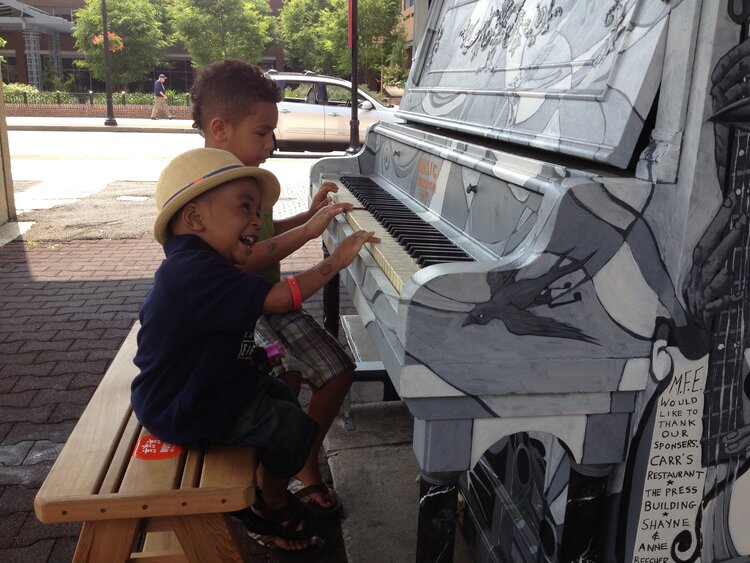
The mark of a great coach is knowing when to call a time-out.
There are times when an opponent gets “on a roll.” As all of their shots seem to fall or every play results in a first down, you see their confidence and momentum grow, and you begin to feel like you are facing a tsunami. Without some type of intervention, your team will be swept away in a wave of defeat. What is a coach to do?
Call a time-out. Rest, regroup, rethink, refocus, and prepare for the next quarter or half.
For intercollegiate athletics, the COVID-19 pandemic is that tsunami.
With the notable exception of the intelligent and courageous decision by the Ivy League and a handful of other Division II schools to cancel their football season, most colleges and universities are moving forward with plans to play in the fall. But already, a significant number of football players at LSU, Clemson, and Kansas State have caught the virus after returning to campus for informal workouts. And this is only the beginning.
To think that the spread of this virus can somehow be controlled in sports that require intense physical contact not only with other athletes but also group meetings and physical therapy treatments with coaches, trainers and staff is absolutely ludicrous. There is little social distancing in highly competitive sports such as football and basketball.
No amount of wishful thinking or spin is going to change that. Clearly, COVID-19 is not a college sports fan.
That is why American higher education would be best served by taking a time-out from sports for the next year.
Despite all of the screaming and doomsday scenarios of economic disaster being spun by the athletic establishment, our colleges and universities will survive, with or without intercollegiate athletics.
Yes, there will be enormous negative impacts on revenue streams, local economies, and athletic careers. While extremely disappointing and painful, the pandemic has also provided an unprecedented opportunity to dramatically restructure the college athletics programs at a sizable number of schools. And it is a restructuring that has been seen as being increasingly inevitable.
Specifically, this once in a generation opportunity relates to the gap between the Football Bowl Series (FBS) “haves” (approximately 50 – 60 schools) and the “have nots” (the remaining 50 – 70 or so schools in the division). This gap in financial commitment, facilities, television exposure, recruiting advantages, etc., has been growing unabated for decades. The pandemic will simply accelerate that chasm. The inevitable has arrived sooner than expected, courtesy of COVID-19.
Over time, competitive and financial realities change. A school that refuses to recognize changing realities risks damage to its ability to fully meet its institutional mission. When you are trapped in a never-ending, ultra-competitive, and expensive rat race, an opportunity to exit that rat race should be considered and embraced.
Schools such as Texas State and Ohio University must accept the obvious reality that there will never be a day where they can consistently compete on anything that even resembles a level playing field with the likes of Texas and Ohio State. These schools operate in different universes. Like a smart poker player who recognizes when to “fold’em,” these developments provide an excellent opportunity to gracefully exit a game that no longer makes sense.
Rather than bemoan the financial and competitive realities, institutional leaders at these schools should embrace the opportunity the pandemic is providing: A legitimate, perfectly reasonable, and logical “cover” necessary to gracefully exit Big-Time football. The challenge for trustees, state legislators, college presidents, and senior administrators is to exhibit the vision and courage to provide the leadership to honestly assess athletics’ place on campus and whether their programs can be restructured or rescaled in a way that makes more sense fiscally and fits more comfortably into institutional mission in this new world.
If positioned artfully, these schools could send a strong and much-needed message to our populace that as much as we love athletics, it is far more important that we love and value education more.
That process starts by having the courage to reject the false argument about athletic boosters who will quit writing checks to the university if the school de-emphasizes football. While there may indeed be a few, there will also be others who will applaud the university’s courage and strategic vision in walking away from the rat race and respond by writing checks they wouldn’t have written in the past. In fact, some research suggests that those who donate the most to universities believe that university spending on athletics should be a very low priority. The fact is, these institutions will survive and thrive with football being played at a scaled-back level or without it at all.
In the long run, athletes at these schools will be better off. By exiting the Big-Time football rat race, their schools will be in a position to restructure and reposition their athletic program as one that can offer a young person a more balanced student-athlete experience.
Rather than agonizing over lost revenue and a canceled season, perhaps this crisis should be considered an unprecedented opportunity for significant reform at many institutions.
In short, Big-Time football no longer makes sense for many FBS programs. If the educational leaders at those schools summon the courage to do so, COVID-19 will provide an opportunity to do something that most educational leaders never get: the ability to restructure their athletic program in a way that will enable it to fit more comfortably within the educational mission of their institution.
Now, that would be a great use of a “Time-Out.”

